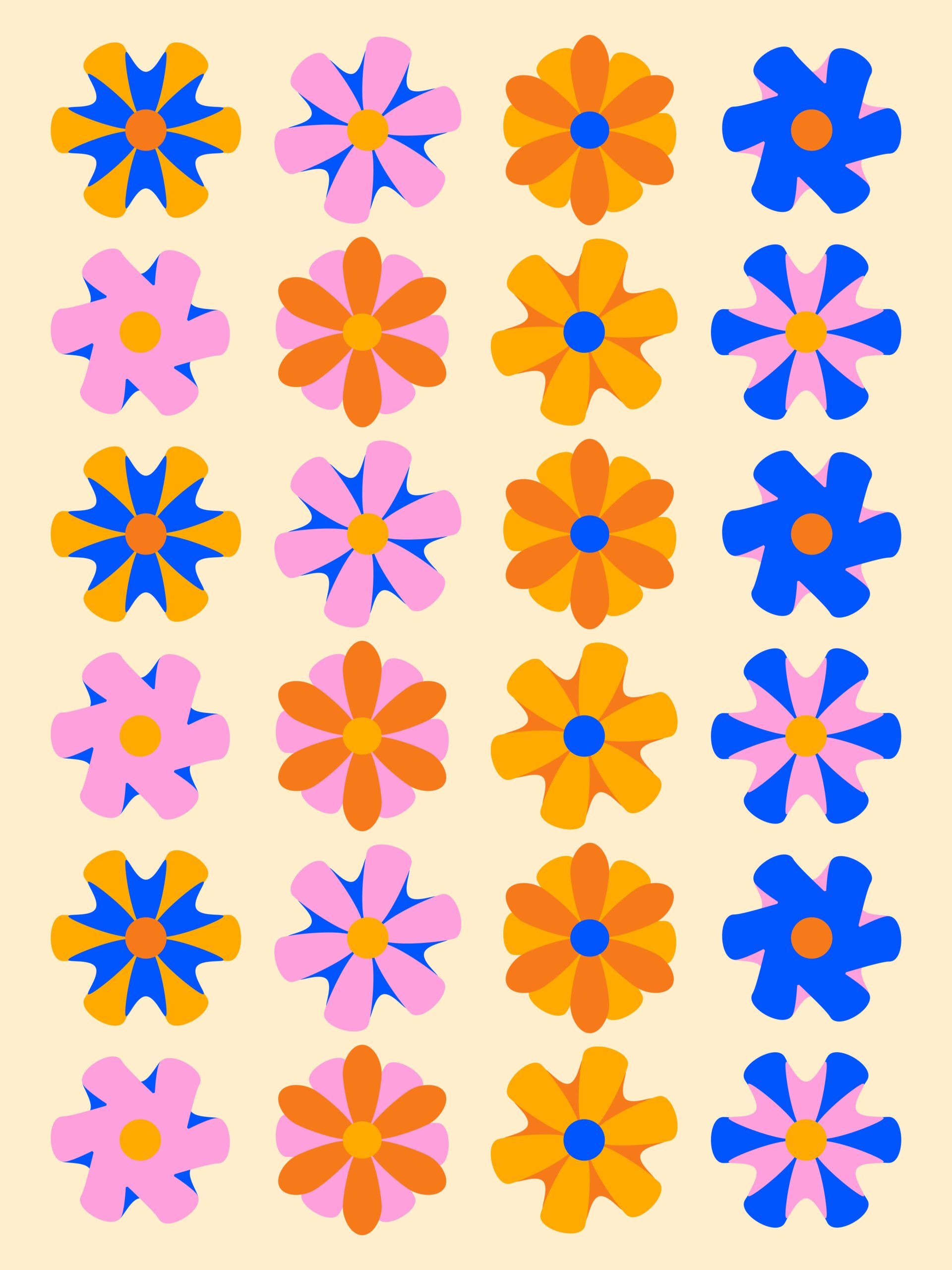When we think of hip-hop, sampling often comes to mind as one of its core creative elements. Taking snippets of old records and repurposing them into new tracks has been a hallmark of the genre, bridging past and present in innovative ways. However, with growing concerns over copyright issues and licensing costs, a new approach—creating hip-hop without sampling—has been gaining attention.
In this blog post, we’ll explore the benefits and possibilities of producing hip-hop music without relying on sampling.
Benefits of Producing Without Sampling
1. Freedom from Copyright Concerns
Sampling is undoubtedly a creative process, but it comes with legal complexities. To use a sample legally, you need to obtain permission from the original rights holders, which can involve hefty licensing fees. For indie artists or those working with limited budgets, this can be a significant hurdle.
By creating your beats and melodies from scratch, you eliminate these concerns entirely. Original tracks give you complete ownership, allowing you to distribute, sell, or perform your music freely without worrying about copyright infringement.
2. Pursuit of Originality
While sampling pays homage to past music, it can sometimes lead to tracks that feel familiar or derivative. By composing your own beats and melodies, you have the opportunity to craft something entirely unique. This not only helps you stand out as an artist but also allows you to develop a signature style that’s unmistakably yours.
3. Skill Development
Building your own tracks from scratch—programming drum patterns, creating basslines, and composing melodies—can significantly enhance your understanding of music production and theory. For beginners especially, this process is an invaluable way to deepen their skills and broaden their creative horizons.
Can You Capture the “Essence” of Hip-Hop Without Sampling?
Some might wonder if hip-hop without sampling loses its essence. However, the heart of hip-hop lies not solely in sampling but in rhythm, lyrics, and the artist’s ability to express themselves authentically.
Here are some ways to maintain the “hip-hop vibe” while creating original tracks:
- Utilize Drum Machines and Synthesizers
Early hip-hop heavily relied on drum machines like the Akai MPC or Roland TR-808. Using these tools—or their modern digital equivalents—can help you create hard-hitting beats that stay true to hip-hop’s roots.
- Blend Genres for Unique Styles
Drawing inspiration from jazz, funk, electro, or other genres can help you craft a fresh sound while still aligning with hip-hop’s experimental spirit.
- Incorporate Field Recordings
Recording sounds from your surroundings (e.g., street noise or nature) can add a layer of authenticity and creativity to your tracks.
Challenges of Producing Without Sampling
Of course, producing without sampling isn’t without its challenges:
- Time and Effort
Sampling allows producers to quickly build tracks using pre-existing material. Creating everything from scratch requires more time and effort.
- Maintaining Quality
Sampled material often comes from professionally recorded and mixed sources with high production value. Matching that level of quality in your original compositions can be challenging without experience.
- Lack of “Character”
Samples often carry a nostalgic or vintage quality that’s hard to replicate with newly created sounds. To address this, you might need to use plugins like tape simulators or vinyl emulators to add texture and warmth to your tracks.
Conclusion: Embracing New Possibilities
Producing hip-hop without sampling isn’t just about avoiding copyright issues—it’s an opportunity to explore your creativity and develop a unique artistic identity. While it requires more effort and dedication, the process itself can be incredibly rewarding and contribute to your growth as an artist.
If you’re considering diving into hip-hop production, why not challenge yourself by creating a track entirely from scratch? The new ideas and possibilities you uncover might just redefine your approach to music—and open doors you never imagined!









